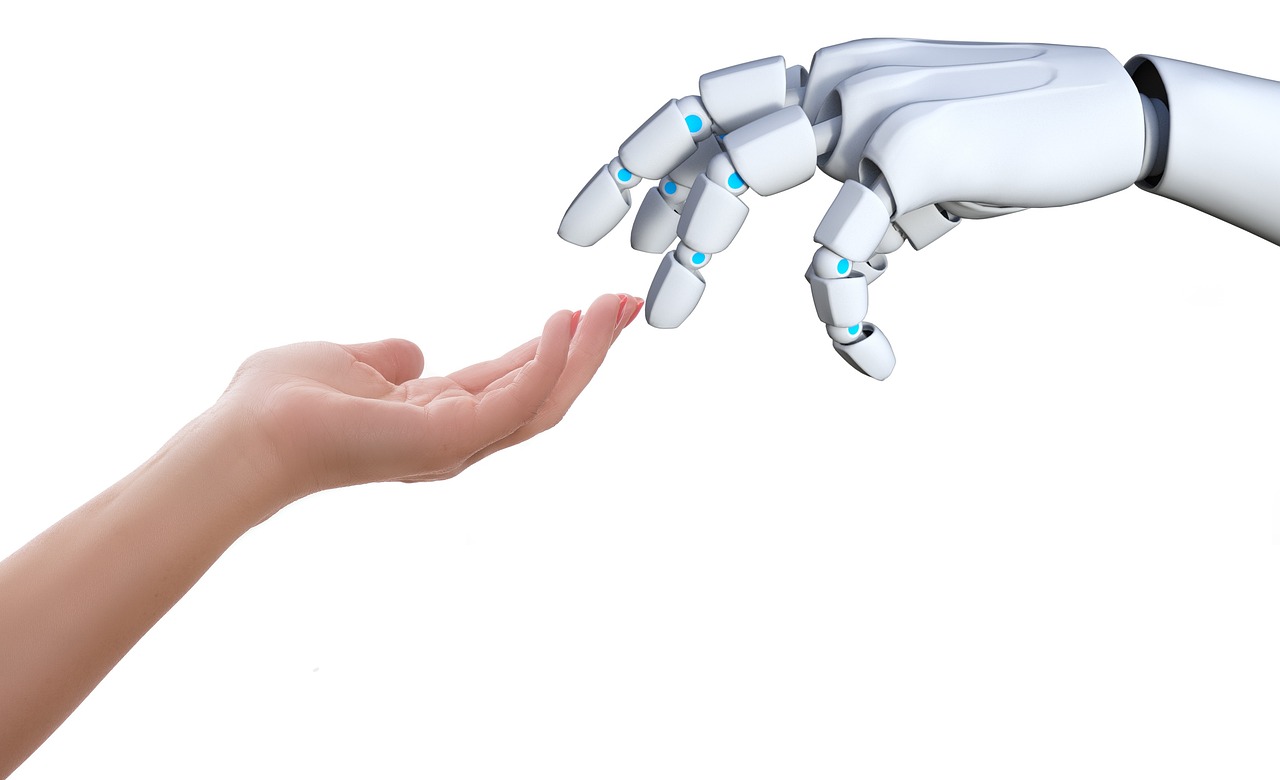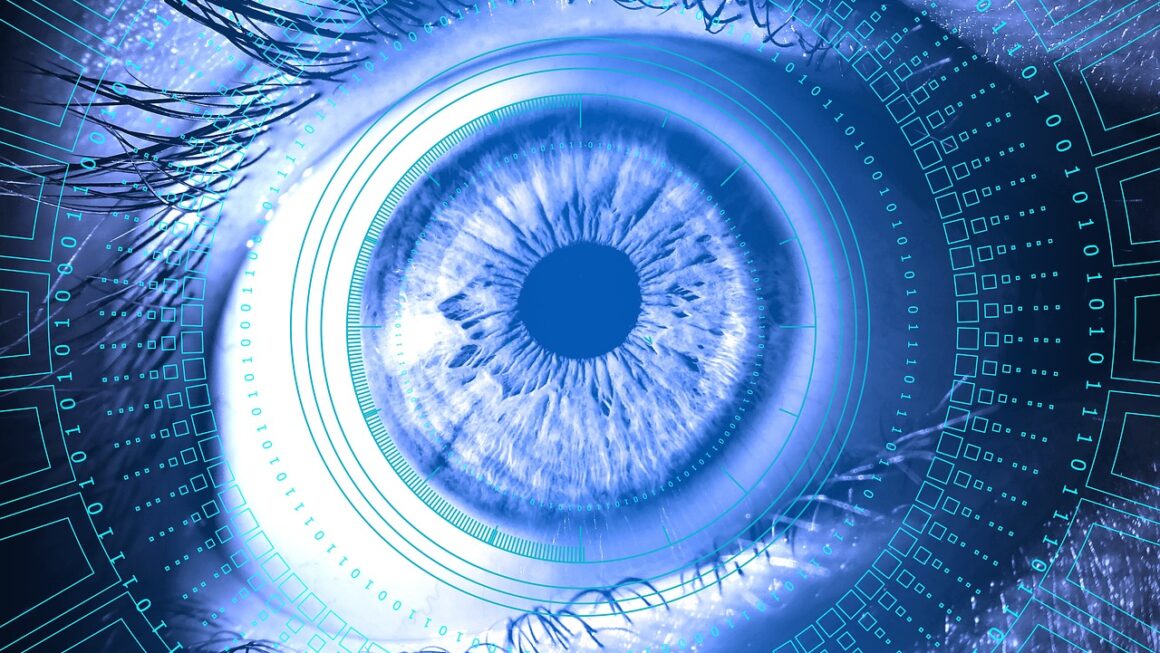Deep learning, a revolutionary subset of artificial intelligence, is rapidly transforming industries, from healthcare and finance to autonomous vehicles and natural language processing. Its ability to automatically learn intricate patterns from vast datasets, without explicit programming, has unlocked unprecedented possibilities for solving complex problems. This blog post will delve into the intricacies of deep learning, exploring its fundamental concepts, architectures, applications, and future trends.
What is Deep Learning?
The Foundation: Neural Networks
Deep learning is built upon the foundation of artificial neural networks, structures inspired by the biological neural networks in the human brain. These networks consist of interconnected nodes (neurons) arranged in layers: an input layer, one or more hidden layers, and an output layer.
- The input layer receives data.
- Each neuron in the hidden layers performs mathematical operations on the inputs it receives, passing the results to the next layer.
- The output layer produces the final prediction or decision.
The “deep” in deep learning refers to the presence of multiple hidden layers, allowing the network to learn hierarchical representations of data. For instance, in image recognition, the first layers might identify edges and corners, while subsequent layers combine these features to recognize objects, faces, or scenes.
How Deep Learning Learns
The learning process in deep learning involves adjusting the connections (weights) between neurons to minimize the difference between the network’s predictions and the actual values. This adjustment is typically achieved through a process called backpropagation, which calculates the gradient of the error function and updates the weights accordingly.
- Training Data: Deep learning models require large amounts of labeled data to learn effectively.
- Optimization Algorithms: Algorithms like stochastic gradient descent (SGD), Adam, and RMSprop are used to optimize the weights during training.
- Loss Functions: Loss functions quantify the error between the predicted and actual values, guiding the learning process.
Key Differences from Machine Learning
While deep learning is a subset of machine learning, several key distinctions set it apart:
- Feature Engineering: Traditional machine learning often requires manual feature engineering, where experts identify and extract relevant features from the data. Deep learning automates this process, learning features directly from the raw data.
- Data Requirements: Deep learning models typically require significantly more data than traditional machine learning models to achieve optimal performance.
- Computational Resources: Training deep learning models can be computationally intensive, often requiring specialized hardware such as GPUs or TPUs.
Deep Learning Architectures
Convolutional Neural Networks (CNNs)
CNNs are primarily used for image and video processing tasks. They employ convolutional layers to extract features from images, such as edges, textures, and shapes.
- Convolutional Layers: These layers apply filters to the input image to detect patterns.
- Pooling Layers: Pooling layers reduce the spatial dimensions of the feature maps, reducing computational complexity and improving robustness to variations in the input.
- Example: Image classification, object detection, image segmentation
- Practical Example: CNNs are used in self-driving cars to identify traffic signs, pedestrians, and other vehicles.
Recurrent Neural Networks (RNNs)
RNNs are designed for processing sequential data, such as text, audio, and time series. They have a feedback loop that allows them to maintain a memory of past inputs.
- Recurrent Connections: Neurons in RNNs have connections to themselves, allowing them to process sequences of data.
- Long Short-Term Memory (LSTM): LSTMs are a type of RNN that are designed to overcome the vanishing gradient problem, allowing them to learn long-range dependencies.
- Gated Recurrent Unit (GRU): GRUs are a simplified version of LSTMs that are often used in practice.
- Example: Natural language processing, speech recognition, machine translation
- Practical Example: RNNs power real-time language translation features in applications like Google Translate.
Transformers
Transformers are a more recent architecture that have achieved state-of-the-art results in many natural language processing tasks. They rely on attention mechanisms to weigh the importance of different parts of the input sequence.
- Attention Mechanisms: Attention mechanisms allow the model to focus on the most relevant parts of the input sequence when making predictions.
- Self-Attention: Transformers use self-attention to relate different parts of the input sequence to each other.
- Example: Machine translation, text summarization, question answering
- Practical Example: The GPT (Generative Pre-trained Transformer) models developed by OpenAI use transformers to generate realistic text.
Applications of Deep Learning
Computer Vision
Deep learning has revolutionized computer vision, enabling machines to “see” and interpret images with remarkable accuracy.
- Image Recognition: Identifying objects, people, and scenes in images.
Example: Facial recognition systems used for security.
- Object Detection: Locating and identifying multiple objects within an image.
Example: Autonomous vehicles detecting pedestrians and traffic signs.
- Image Segmentation: Dividing an image into distinct regions based on their content.
Example: Medical imaging for identifying tumors and other anomalies.
Natural Language Processing (NLP)
Deep learning has enabled significant advances in NLP, allowing machines to understand, generate, and translate human language.
- Machine Translation: Automatically translating text from one language to another.
Example: Google Translate.
- Text Summarization: Generating concise summaries of longer texts.
Example: News summarization tools.
- Sentiment Analysis: Determining the emotional tone of text.
Example: Analyzing customer reviews to gauge product satisfaction.
- Chatbots and Virtual Assistants: Developing conversational agents that can interact with humans.
Example: Siri, Alexa, and Google Assistant.
Healthcare
Deep learning is transforming healthcare by enabling earlier and more accurate diagnoses, personalized treatments, and drug discovery.
- Medical Imaging Analysis: Detecting diseases and anomalies in medical images.
Example: Identifying cancerous tumors in X-rays and MRIs.
- Drug Discovery: Accelerating the identification and development of new drugs.
Example: Predicting the efficacy of drug candidates.
- Personalized Medicine: Tailoring treatments to individual patients based on their genetic and clinical information.
Example: Predicting patient responses to different medications.
Finance
Deep learning is being used in finance for fraud detection, risk management, and algorithmic trading.
- Fraud Detection: Identifying fraudulent transactions and activities.
Example: Detecting suspicious credit card transactions.
- Risk Management: Assessing and managing financial risks.
Example: Predicting loan defaults.
- Algorithmic Trading: Developing automated trading strategies.
Example: High-frequency trading algorithms.
Challenges and Future Trends
Data Requirements
Deep learning models typically require vast amounts of labeled data to train effectively, which can be a significant challenge in some domains.
- Solutions: Data augmentation techniques, transfer learning, and semi-supervised learning can help mitigate this challenge.
Computational Cost
Training deep learning models can be computationally expensive, requiring specialized hardware such as GPUs or TPUs.
- Solutions: Cloud computing platforms, distributed training techniques, and more efficient algorithms can help reduce the computational cost.
Explainability and Interpretability
Deep learning models are often “black boxes,” making it difficult to understand why they make certain predictions.
- Solutions: Research is being conducted on techniques to make deep learning models more explainable and interpretable, such as attention mechanisms and layer-wise relevance propagation.
Future Trends
- Self-Supervised Learning: Learning from unlabeled data, reducing the need for large labeled datasets.
- Explainable AI (XAI): Developing techniques to make AI models more transparent and understandable.
- Federated Learning: Training models on decentralized data sources without sharing the data itself, protecting privacy.
- Neuromorphic Computing: Developing hardware that mimics the structure and function of the human brain, enabling more efficient deep learning.
Conclusion
Deep learning is a powerful and rapidly evolving field with the potential to transform many aspects of our lives. While challenges remain, ongoing research and development are paving the way for even more innovative and impactful applications in the future. By understanding the fundamental concepts, architectures, and applications of deep learning, we can harness its power to solve complex problems and create a better world. Embracing deep learning and its advancements is crucial for staying at the forefront of technological innovation.




